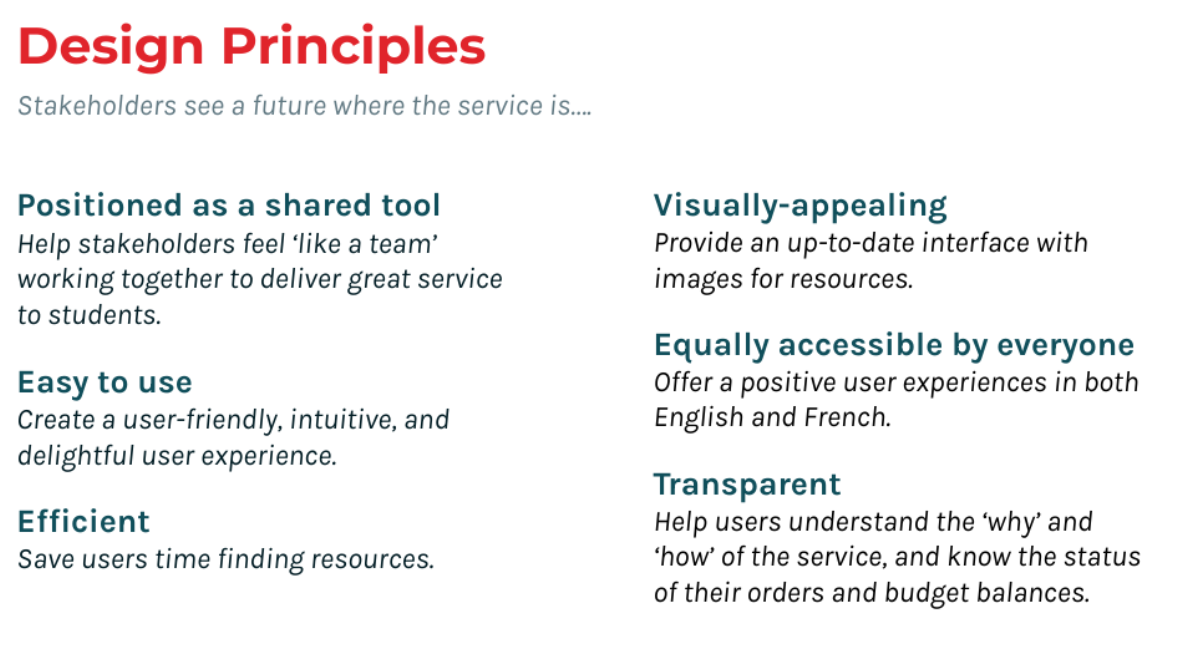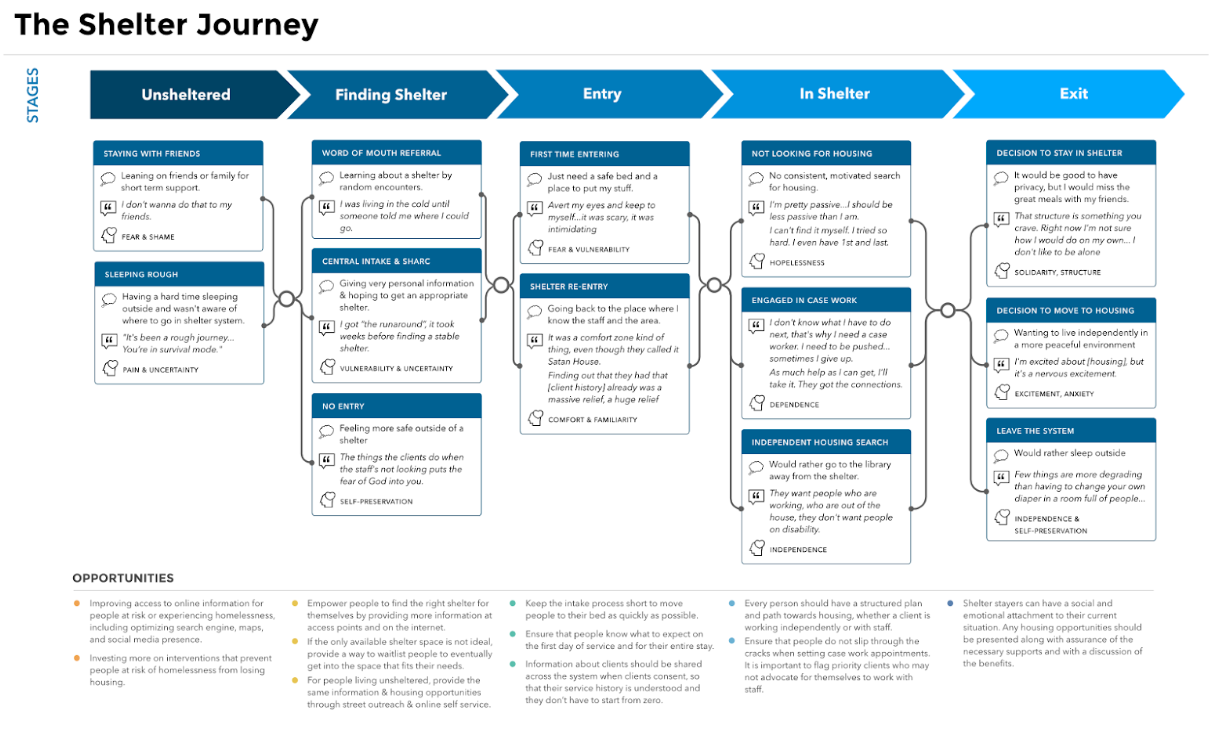
Finding the Right Option for Legacy Technology

Does this sound familiar? Your team launches a digital product they’re proud of, only to find users are unsatisfied with it. Or, you don’t know why your new digital service has a poor adoption rate.
These frustrating realities are all too common when developing digital products and services. But there could be a simple solution: Make sure there are design principles guiding your project.
Design principles are statements that communicate values to guide your work when designing a service or product.
They’re summaries of your stakeholders’ expectations. These statements help ensure decisions are on track with what end users want.
Essentially, design principles lay out how users envision the future where your project will solve their needs and problems.
At Code for Canada, we see design principles as the first step in exploring possible digital solutions. Once we have a visual representation of our end users’ needs, we can reference them throughout our work to support important decisions.


Established design principles can help you create design requirements for features or flows that are aligned with users’ needs and serve as a resource to gut-check new and existing ideas.
To get started, all you need is input from stakeholders (a.k.a real users).
But these principles are only useful if they’re kept at the forefront. During sprint-based work, you and your team should continually check if project work items align with established principles.
Need user insights to improve your digital product or service? Reach out to learn how our inclusive user research service can help you get there!
End of articles list